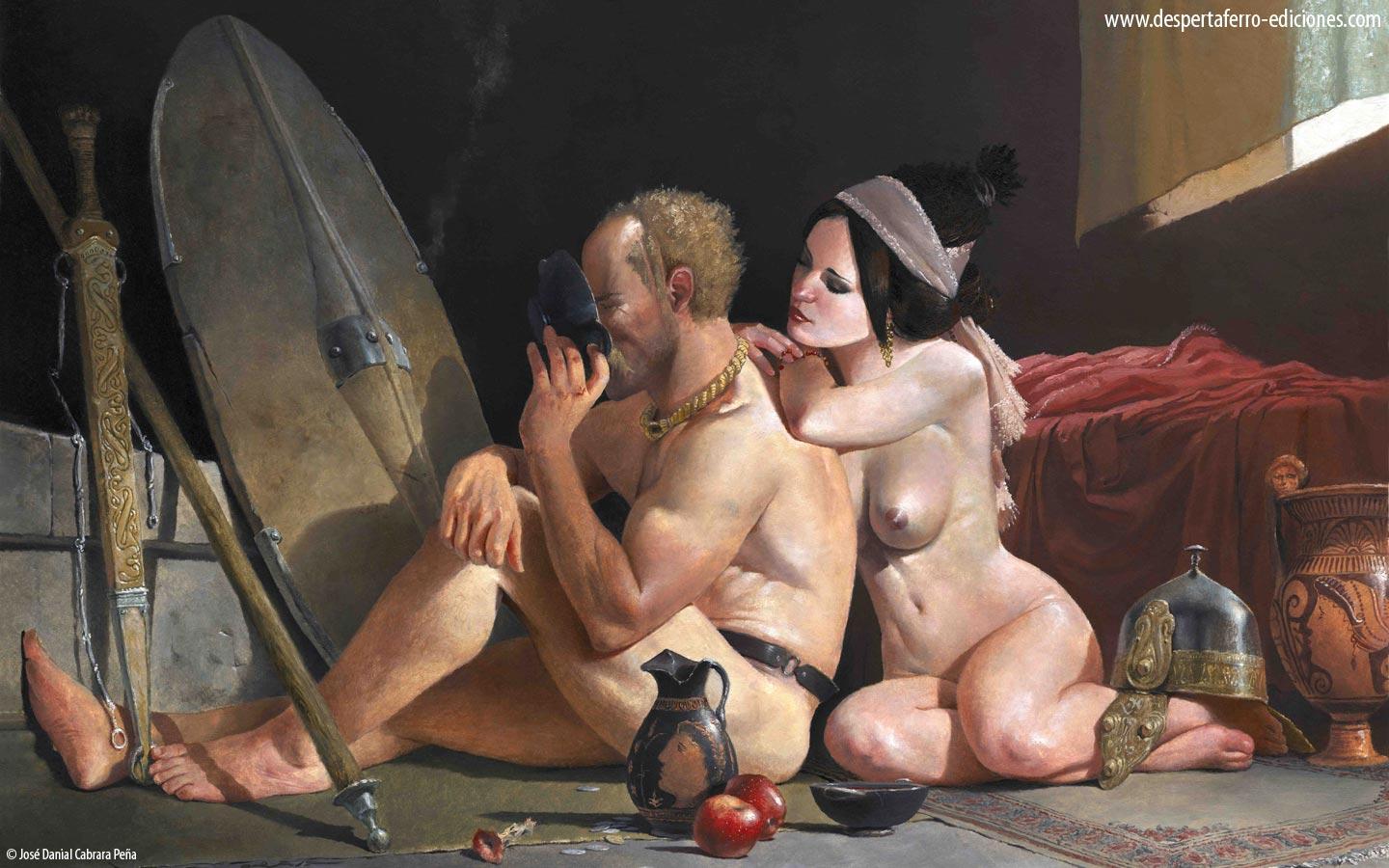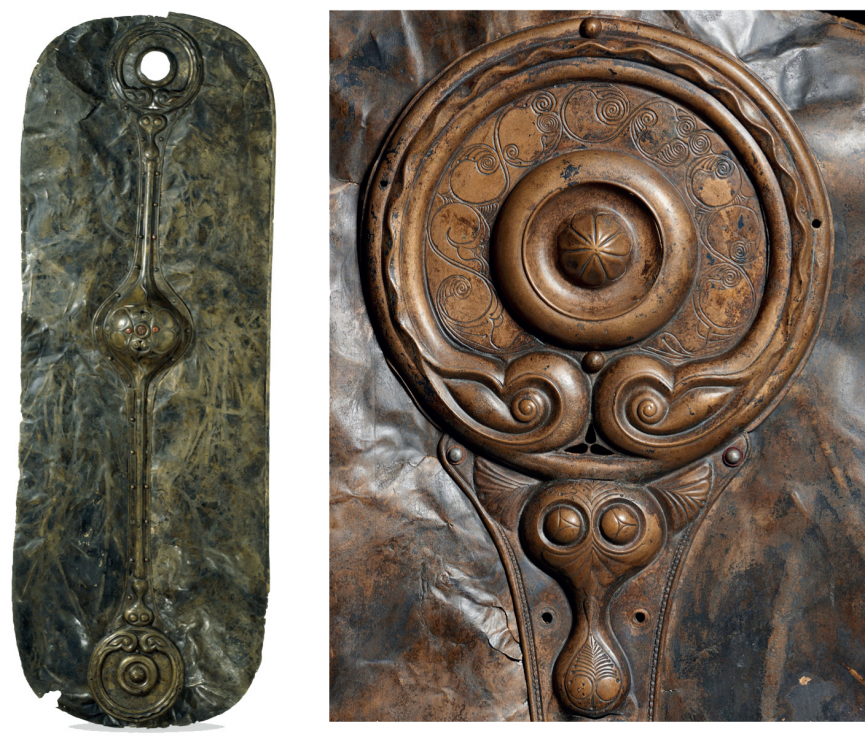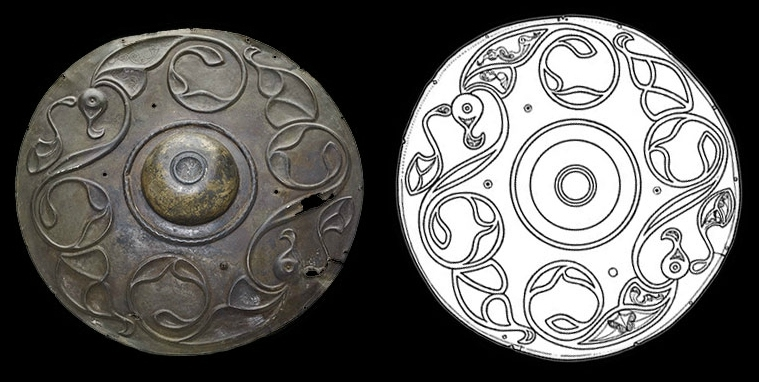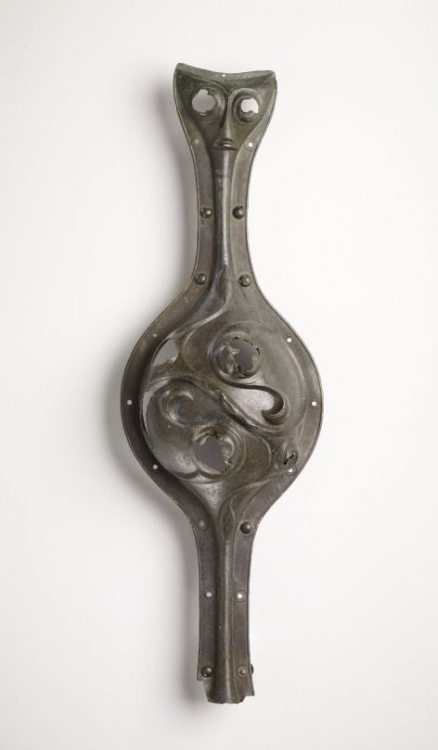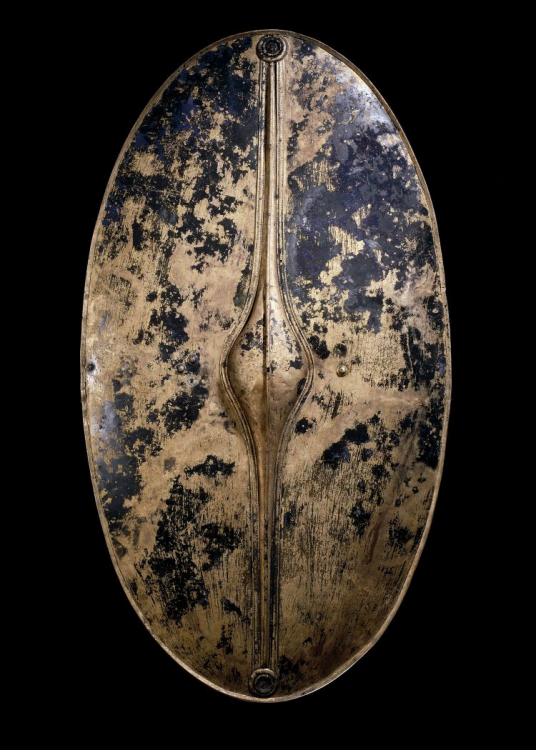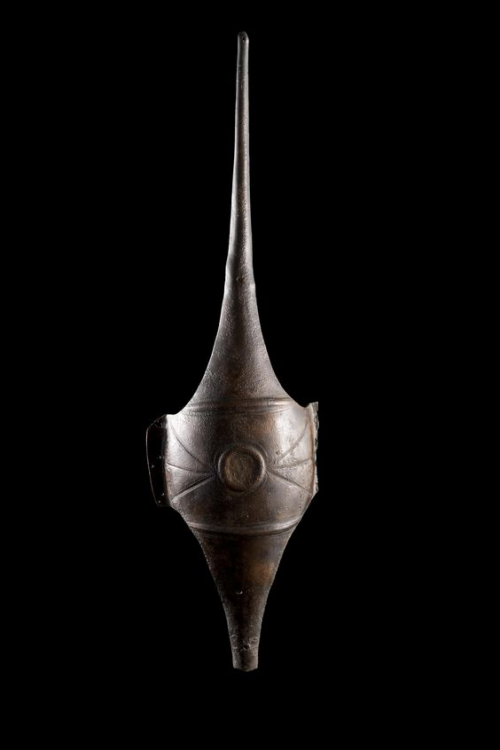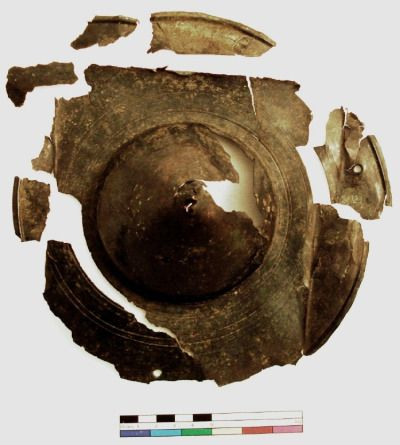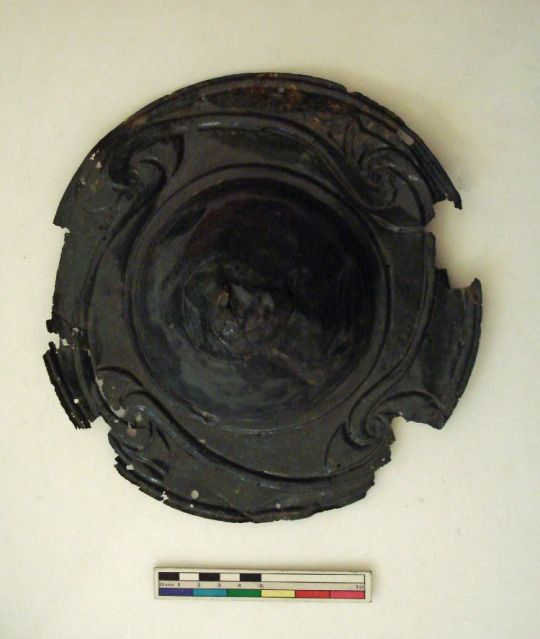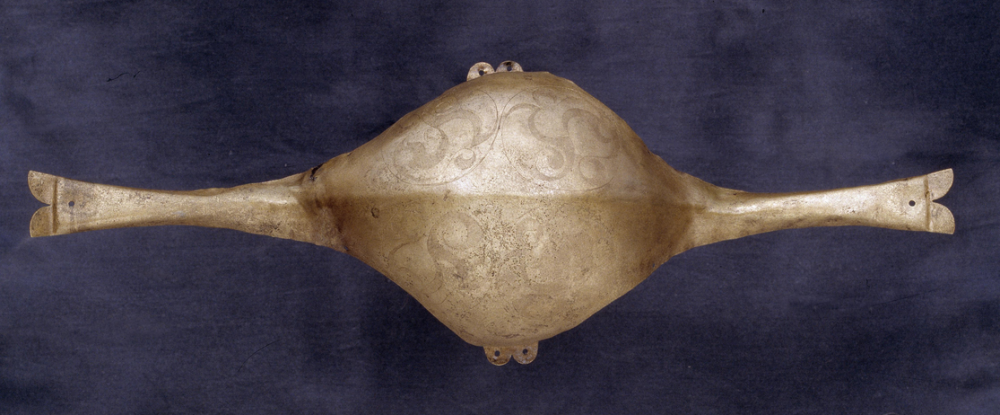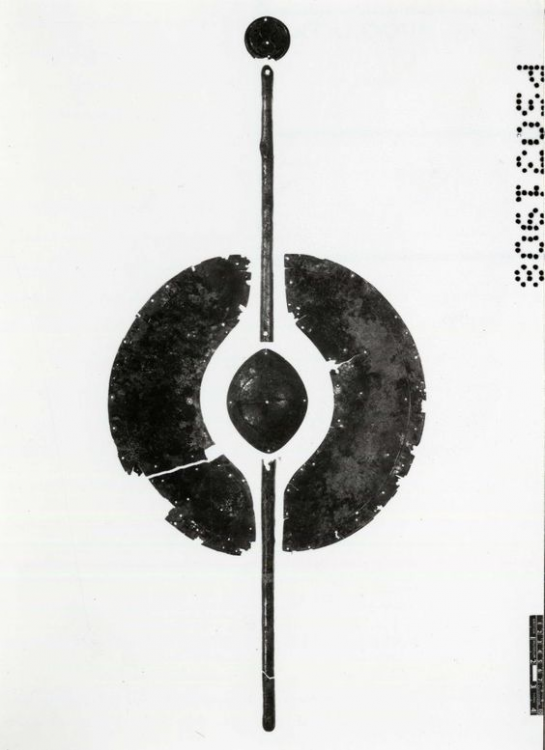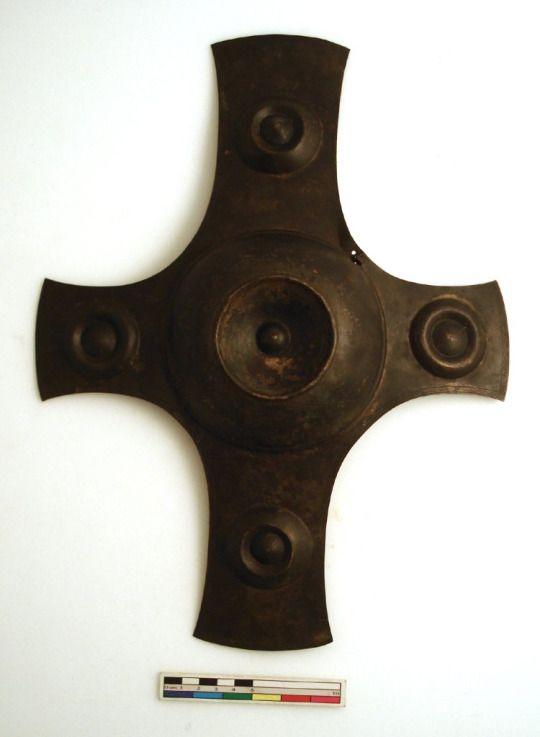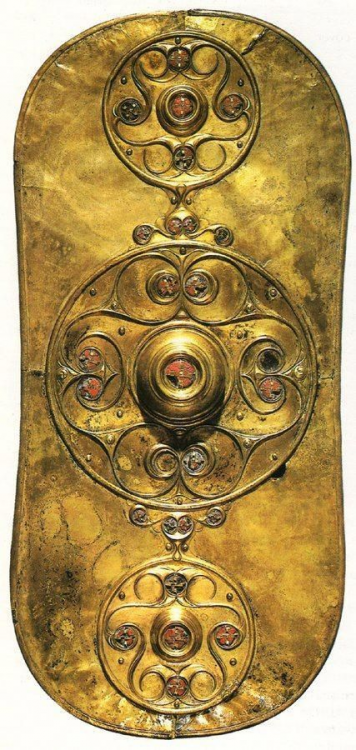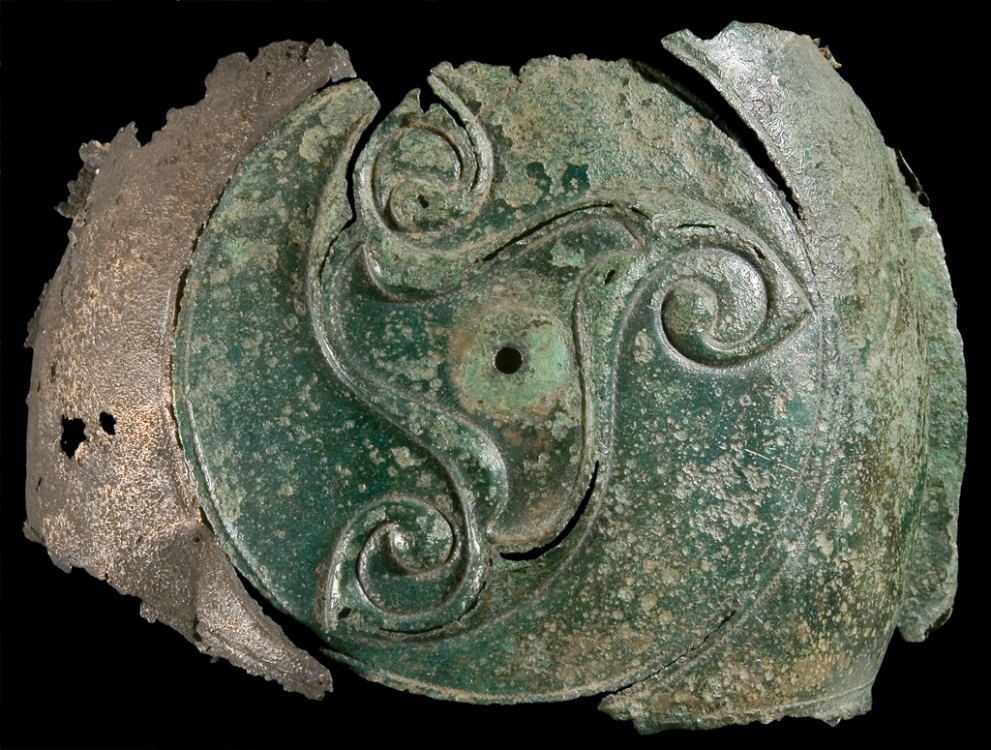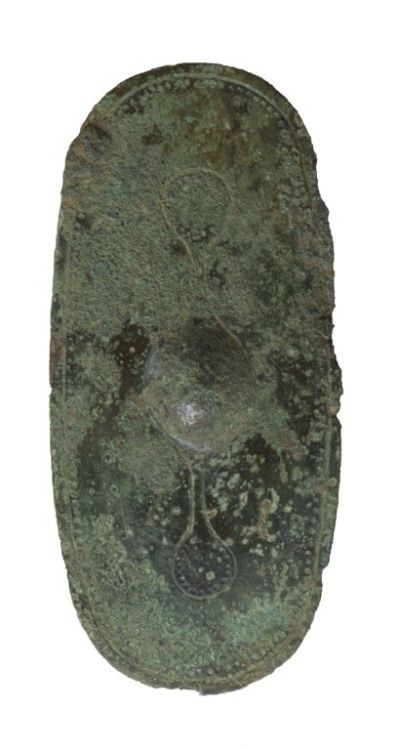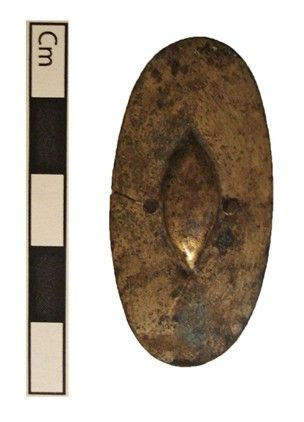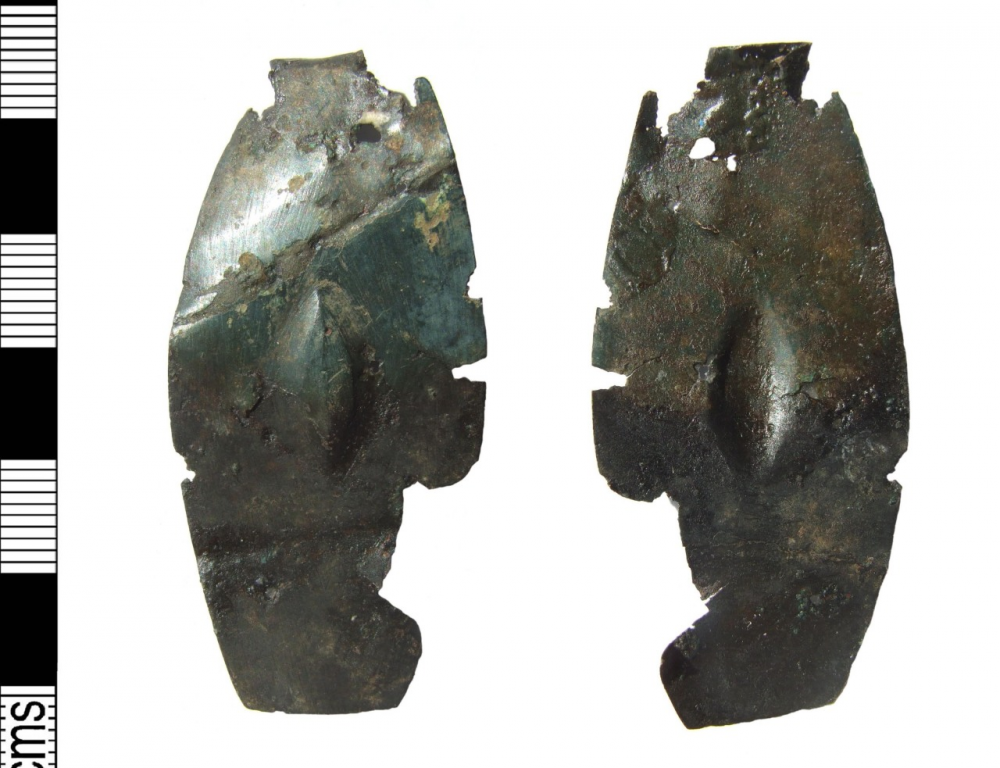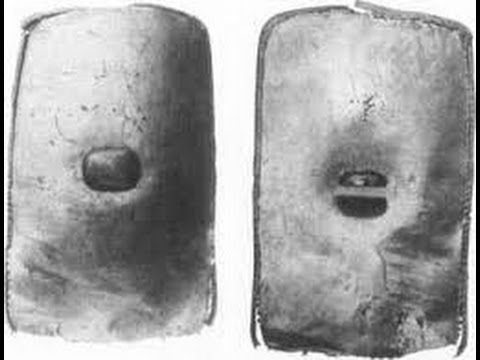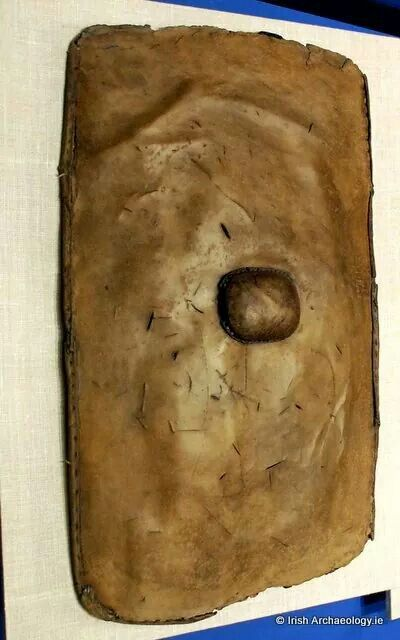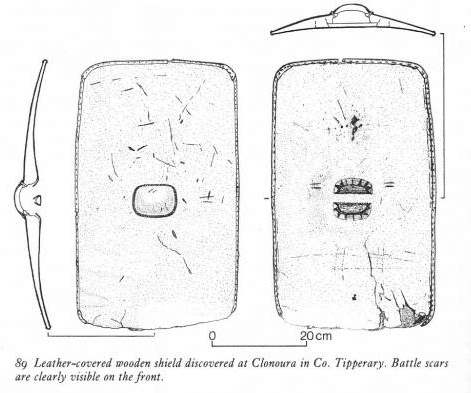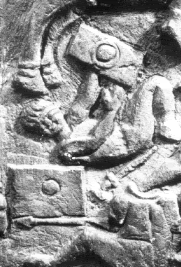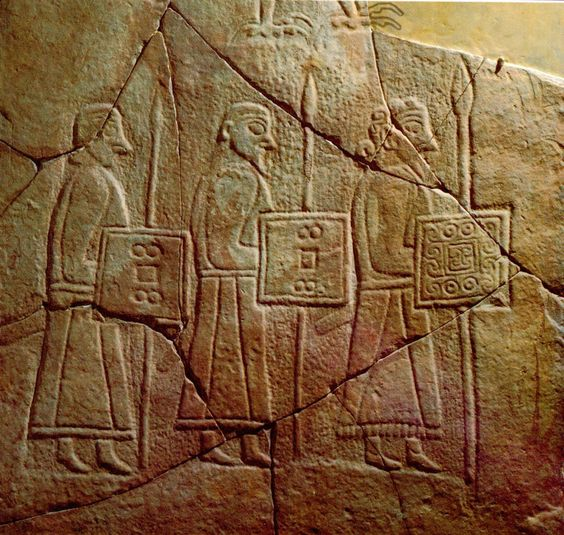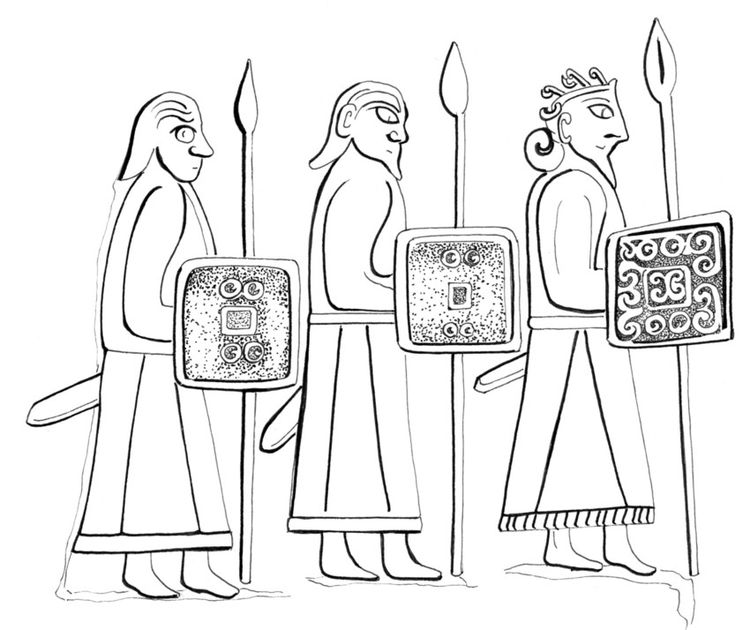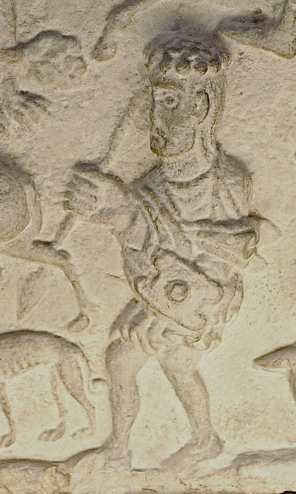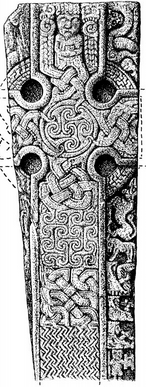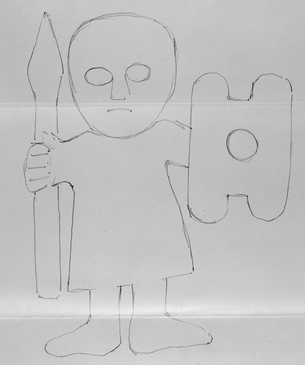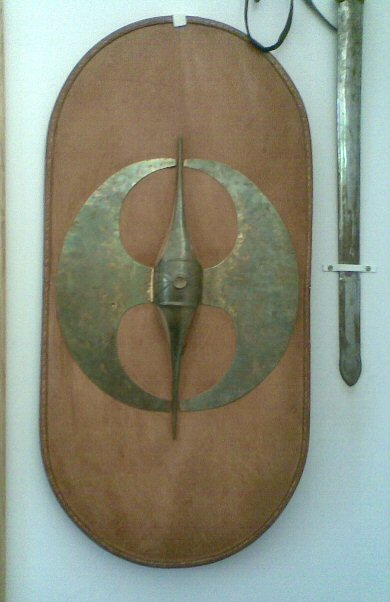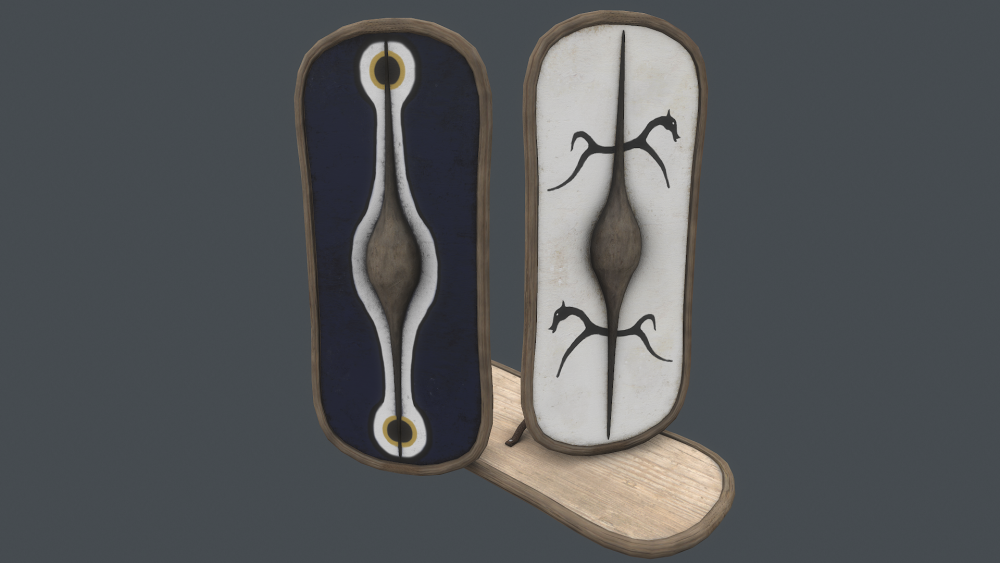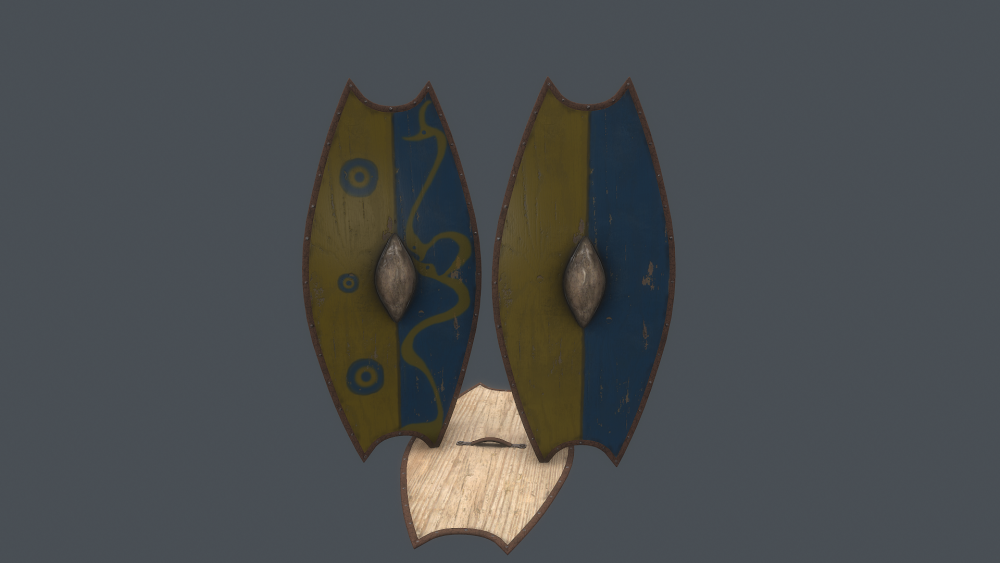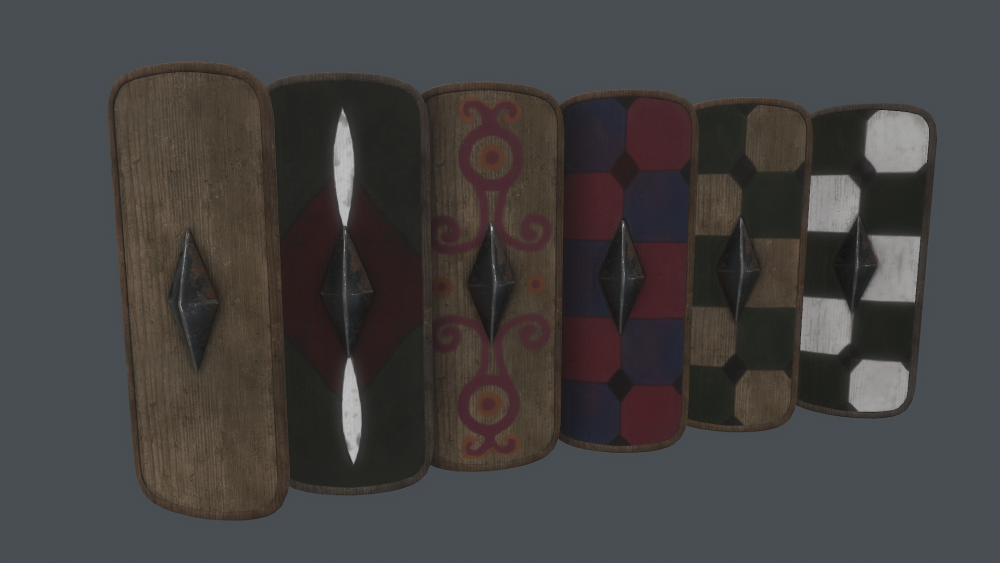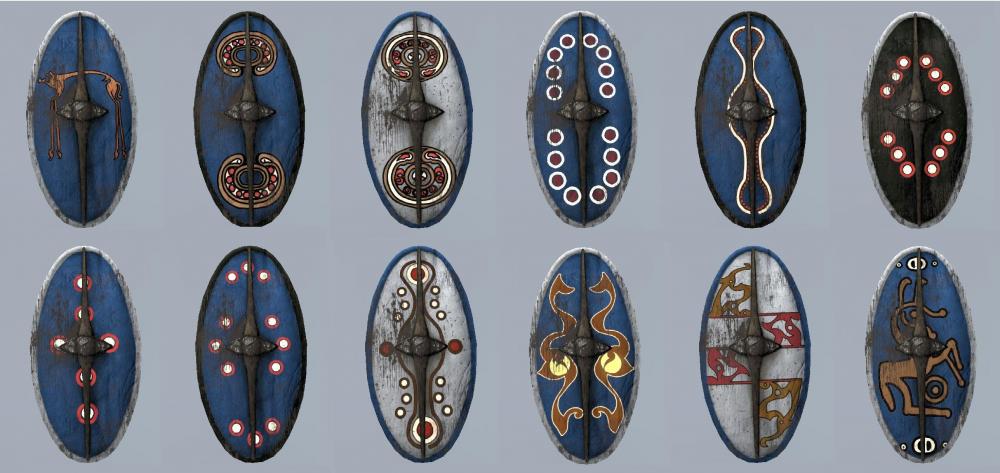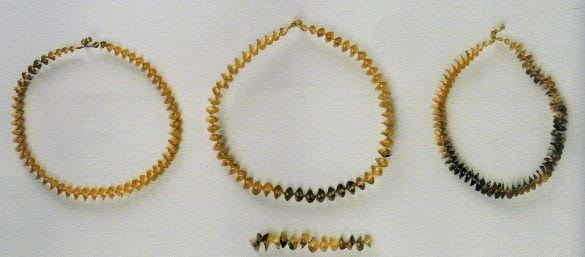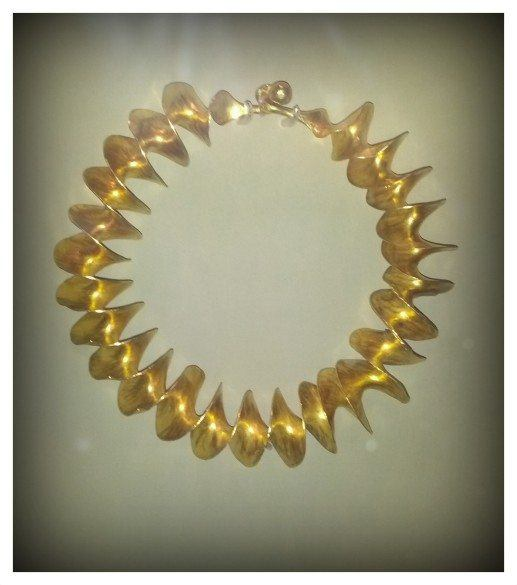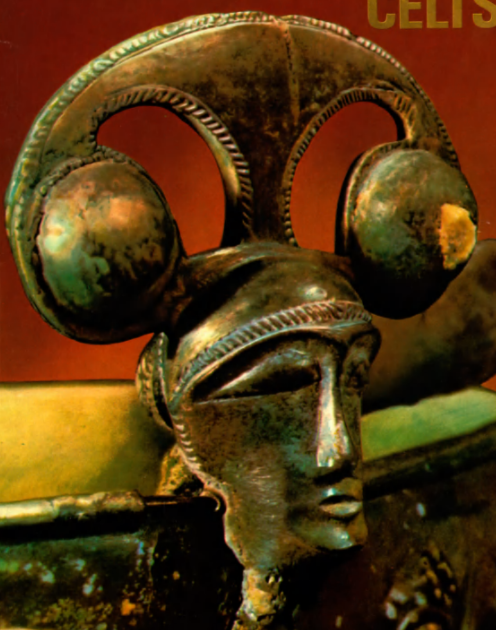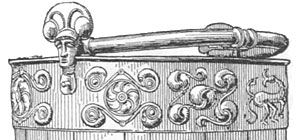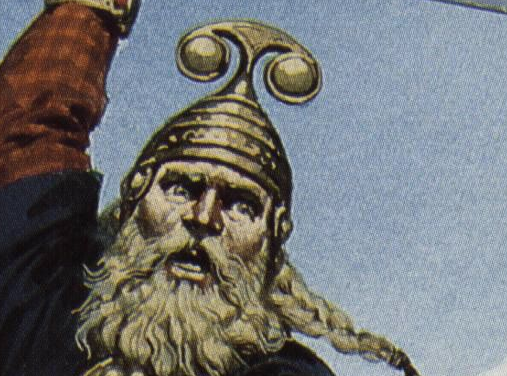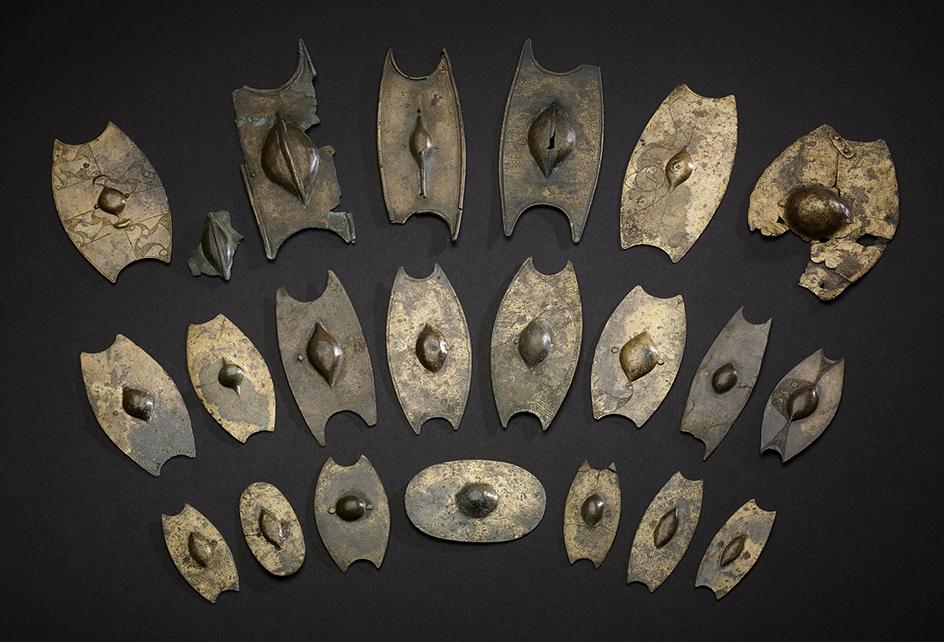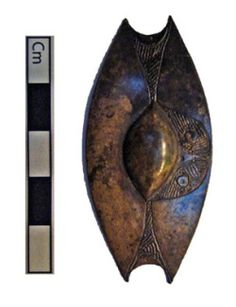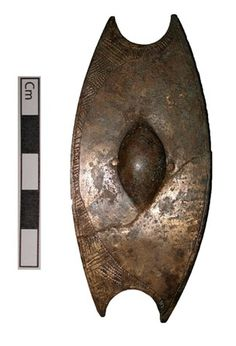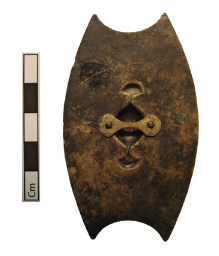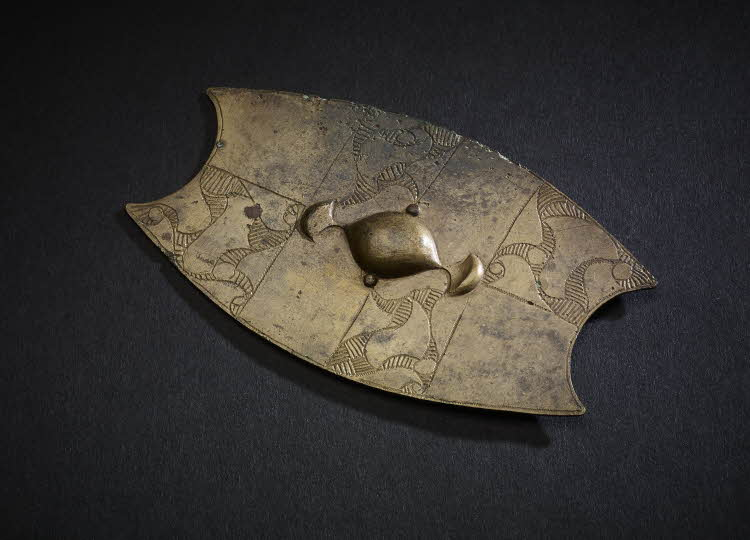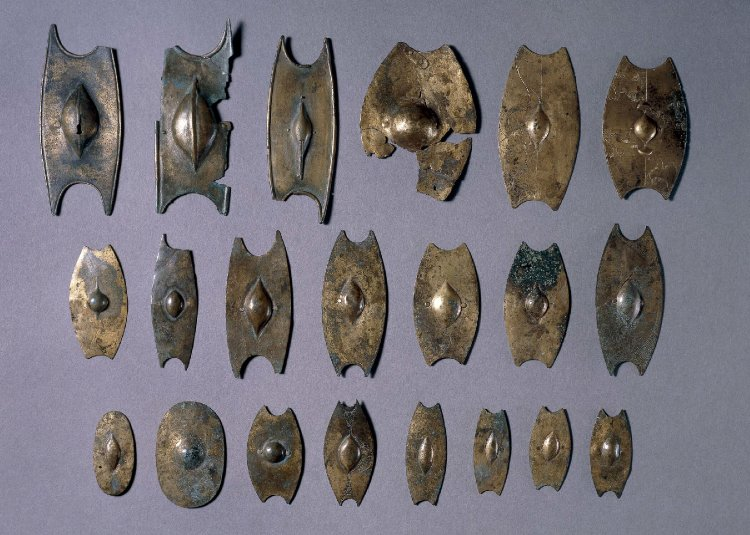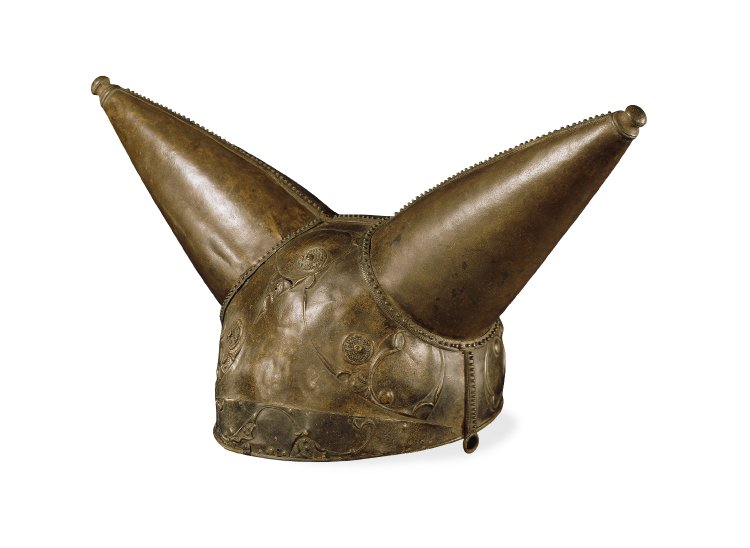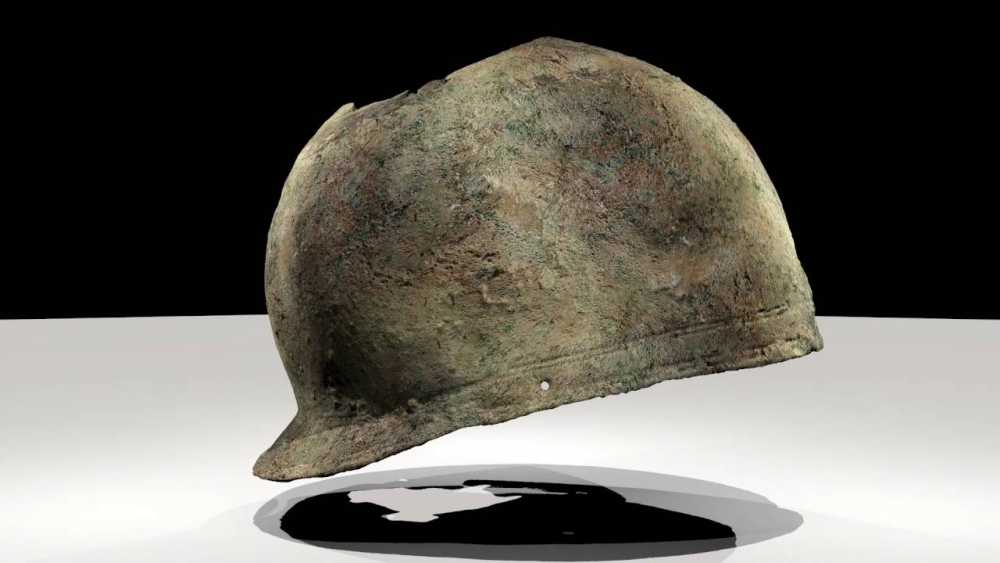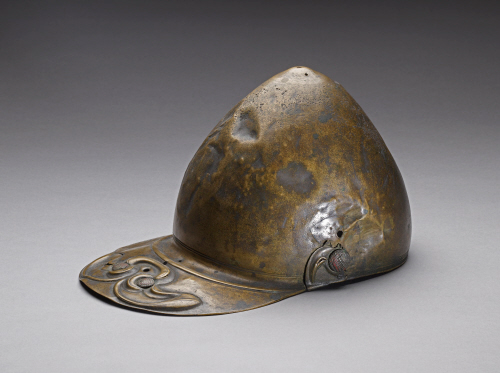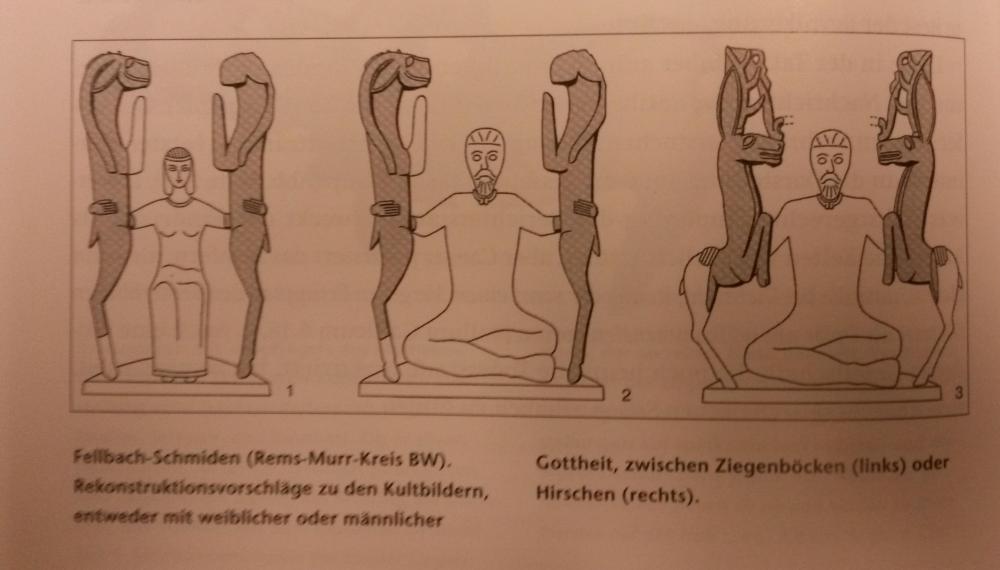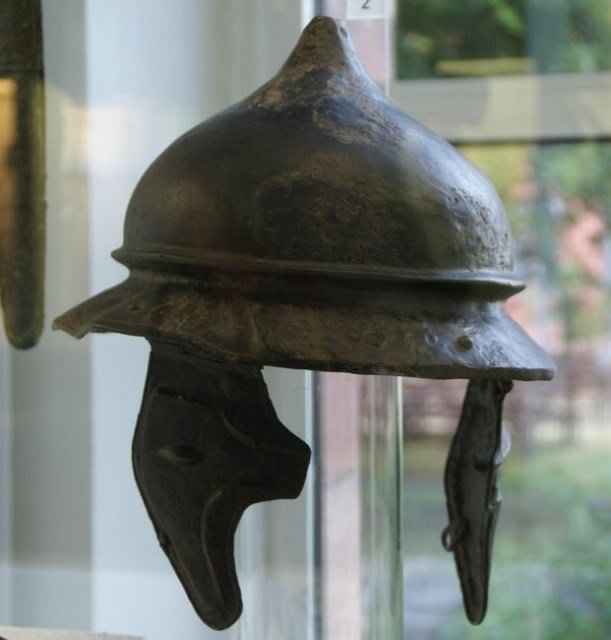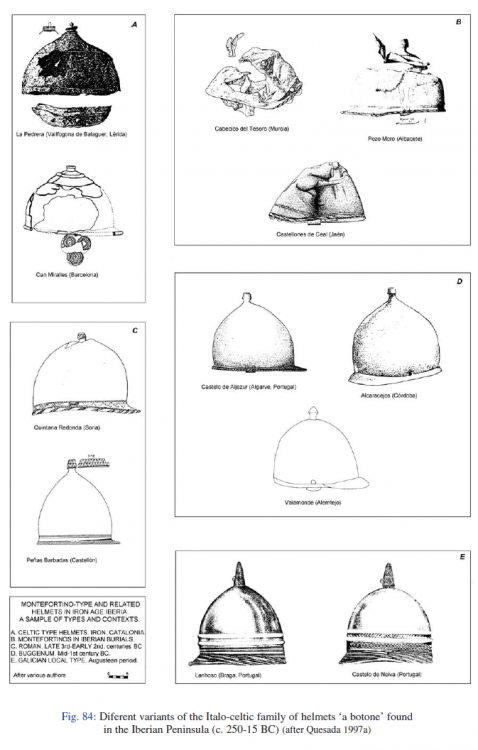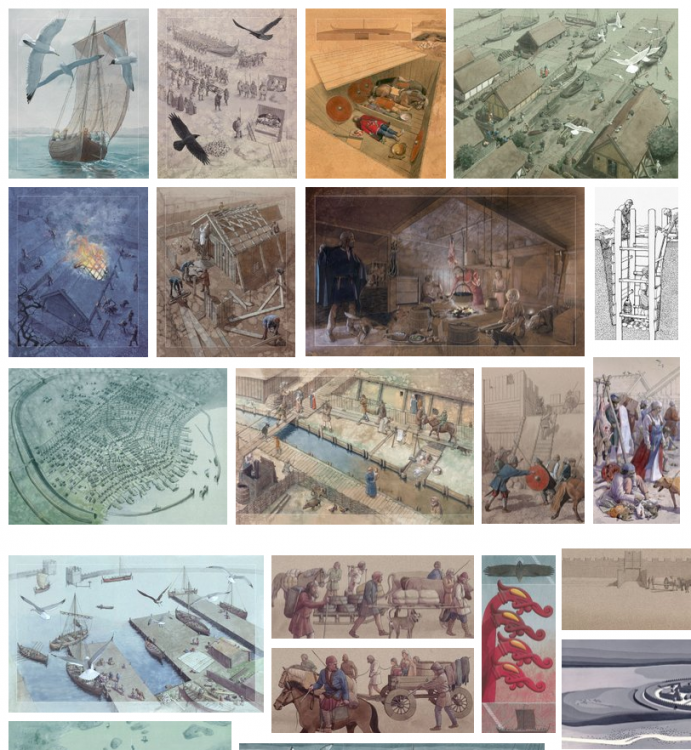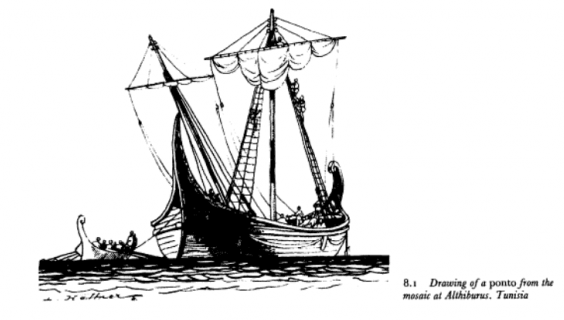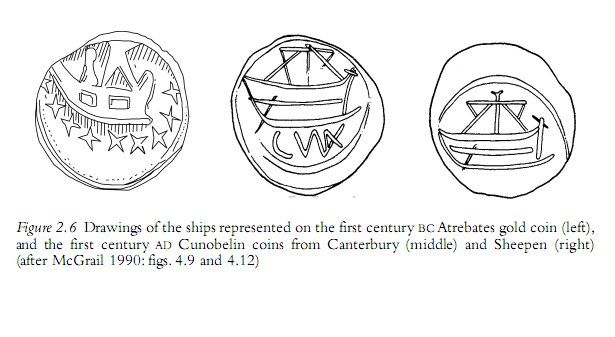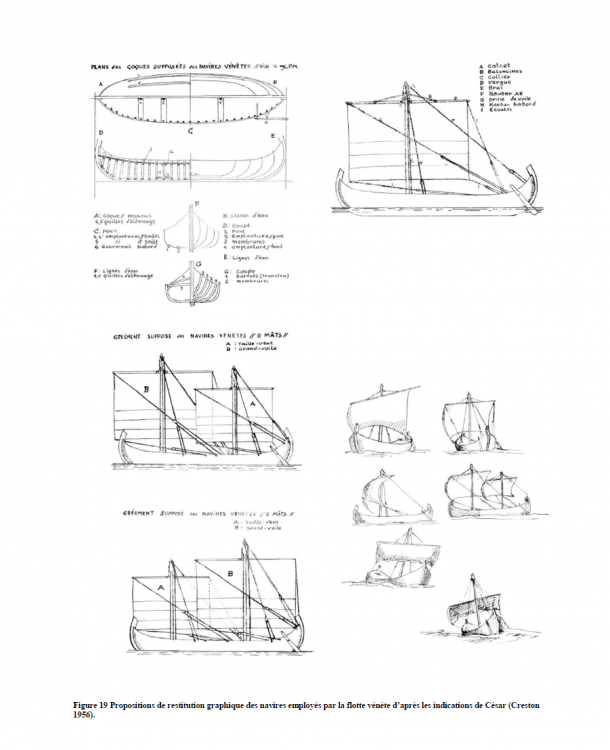-
Posts
2.355 -
Joined
-
Last visited
-
Days Won
79
Everything posted by Genava55
-
There are several bronze decorated plaques and bosses for wooden shields (there are evidences of rivets) found in the British islands: Others miniature votive shields: Interpretation from the mod EBII: Various mods and origins Clonoura shield (Ireland) Pictish shields from Antonine wall: Early medieval pictish shields: Irish Iron age Torcs: https://www.claddaghdesign.com/history/all-about-torcs/
-
Britons roster design: Britons roster: Village Spearman - Catucos (combatant) Javelin skirmisher - Adretos (who runs fast, attacker). Light cavalry with javelins - Marcacos (cavalryman). Town Slinger - Telmiuicos (slinger) Lance cavalry - Epossos (horseman, raider or "knight"). Swordsman - Batoros (who-hit-hard, fighter). The Caledonians are described as using longswords and small shield and the Picts are described fighting naked. War-Dogs - Agrocuna (battle/bloody/killer dog) City Champion chariot warrior - Esseda (war chariot). The Britons use war chariots with a driver and an elite warrior, they throw javelins from it and continue the fight on foot (possibility for the unit to transport one infantryman ?) Champion swordsman - Argos (battle champion, noble) Champion skirmisher infantryman - Caur (old-Irish for champion). I propose an Irish elite javelinist, with a historical irish shortsword. If the double weapons switch is implanted, it could be an interesting unit. Polyvalent. The Britons have unique shields. Here some conceptual designs for the shape: Small with crescent-shaped ends and intensively concave. (Salisbury votive miniature + H-shaped shield of the Medieval Pictish Ardchattan Priory stone) Small oval shape. (Salisbury votive miniature). Medium and tall with crescent-shaped ends (Salisbury votive miniature, Mill Hill shield, Bryer shield) Tall, oval shape, classical. (Chertsey Shield) Tall and narrow, rectangular-ish shape with round ends. (Witham Shield) Medium, oval but slightly 8-shaped. (Battersea shield). Small square shape. (Medieval Pictish Brough of Birsay stone) Medium rectangular shape (Antonine wall + Clonoura shield) The Britons have as well unique decorated shields bosses. Here some conceptual designs: Full bronze facing (Witham, Battersea, Chertsey shields) Round central shield boss in bronze (Wandsworth shield boss, the three shield bosses of the Polden Hill, Tal-y-Llyn shield boss). Spina shaped bronze shield boss (one from Llyn Cerrig Bach, fragments from Moel Hiraddug) Several elements, shield boss (fragments from Moel Hiraddug, Grimthorpe shield) Cross shaped shield boss (Thames Fulham shield boss) For non decorated shield bosses: Helmets for the Britons units: The Canterbury helmet, bronze, (70 - 0 BC) : The Meyrick helmet, bronze, (AD 50 - 100): Aylesford bucket (50 BC), hero helmet. The Waterloo helmet (150-50 BC), hero helmet. Here the miniatures votive shields found at Salisbury:
-
Maybe it is a good idea to open another thread/task about the Celtic British Shields?
-
The most important difference is clearly the shields. They are unique to the British island. The tattoos could be a second distinctive feature. The only difficulty with the Britons is their lack of various helmet. Outside decorative and unpractical helmet, there are only two finds: A coolus type: http://www.texascoritani.com/a-late-iron-age-helmet-found-near-canterbury/ And the famous cap-jockey Meyrick Helmet: https://www.bmimages.com/preview.asp?image=00600629001 There is a supposed other helmet in the Ashmolean museum, but since the British museums are among the worst in the world to share information (f*cking vultures stealing everything in other country but sharing nothing) I cannot be sure to its origin. It could be a stolen piece from elsewhere.
-
There are evidences for this on the cauldron of Gundestrup and on several gallo-roman statues. The museum of Bibracte did a representation in this way for an "aide de camp": https://upload.wikimedia.org/wikipedia/commons/8/8a/Bibracte_Dumnorix.jpg
-
At the neck never. Only one.
-
.thumb.jpg.b21ca1d0c15fb56b42c39b25a0a40815.jpg)
Antiquity Expert's Main Thread
Genava55 replied to Anaxandridas ho Skandiates's topic in General Discussion
Hi, Thank you for your proposal and your help. Yup, we know and your help could be useful in these threads: -
@wackyserious @Alexandermb maybe it could be useful for you too. It was a first proposal I did.
- 264 replies
-
- 2
-

-

-
- britons
- east celtic
-
(and 2 more)
Tagged with:
-
- 264 replies
-
- 1
-

-
- britons
- east celtic
-
(and 2 more)
Tagged with:
-
Reenactment groups: https://www.facebook.com/pg/samara.parcarcheologique/photos/?ref=page_internal https://www.facebook.com/trimatrici/ https://www.facebook.com/Les-Ambiani-729215287167804/ https://www.facebook.com/Les-Leuki-Troupe-de-reconstitution-protohistorique-181382625243624/ https://www.facebook.com/groups/223291187688215/ https://www.facebook.com/La-Lance-Arverne-986672904698883/ https://www.facebook.com/Viviskes/
-
.thumb.jpg.b21ca1d0c15fb56b42c39b25a0a40815.jpg)
===[COMMITTED]=== Celtic Unit Helmets
Genava55 replied to Alexandermb's topic in Completed Art Tasks
It looks like a variante of a Forêt de Louviers helmet. But yes, the helmet is badass. Not all of them but yes, you got the idea. To be helpful here a picture of some helmets found in Spain: -
.thumb.jpg.b21ca1d0c15fb56b42c39b25a0a40815.jpg)
===[COMMITTED]=== Celtic Unit Helmets
Genava55 replied to Alexandermb's topic in Completed Art Tasks
The berru type should be exclusive to the Gauls but the montefortino helmets are widespread in the Celtic cultures of the iberian peninsula and also in the region of modern Catalunya (Illergetes and Indiketes). -
http://bau.nu/Historisk illustration Historische Illustration History illustration/vikingetid wikingerzeit viking-age.html
- 680 replies
-
- 2
-

-
- millenium a.d.
- vikings
-
(and 1 more)
Tagged with:
-
.thumb.jpg.b21ca1d0c15fb56b42c39b25a0a40815.jpg)
===[TASK]=== 0 A.D Ships Update.
Genava55 replied to Alexandermb's topic in Eyecandy, custom projects and misc.
I found some nice sketch here: https://www.academia.edu/33869534/Contribution_bas-normande_à_une_archéologie_des_relations_transmanches_à_la_fin_de_lâge_du_Fer._Echanges_matériels_et_culturels_-_Figures (for French speaking people, there is a recent documentary about the relation between Aremorica and Britannia regions during the pre-Roman period: https://www.youtube.com/watch?v=SH-lXCmP3XQ) -
Someone sent me an article I found interesting to complement my previous summary: "Like a Certain Tornado of Peoples": Warfare of the European Huns in the Light of Graeco-Latin Literary Tradition https://www.academia.edu/1264349/_Like_a_Certain_Tornado_of_Peoples_Warfare_of_the_European_Huns_in_the_Light_of_Graeco-Latin_Literary_Tradition
-
.thumb.jpg.b21ca1d0c15fb56b42c39b25a0a40815.jpg)
Others RTS - Discuss / Analysis
Genava55 replied to Lion.Kanzen's topic in Introductions & Off-Topic Discussion
-
.thumb.jpg.b21ca1d0c15fb56b42c39b25a0a40815.jpg)
What is the basis for good?
Genava55 replied to Thorfinn the Shallow Minded's topic in Introductions & Off-Topic Discussion
It is already the case. Even codified ethics like deontology can be twisted to do what we will consider bad things today. See the following Take an example from the history of deontological ethics, with Calvin and Luther. Their ethics is based on the natural law of God, the belief that what is good and bad is already explained by God. They killed a lot of people, they have forbidden art because of this way to see what is good or not. Most of the theological tyrannies are based on the same mental process of building a moral code from a deontological perspective. Even the deontological ethics of Kant take in account the motive of the person. The only difference from the virtue ethics is that Kant believes in golden rules, as never lying in any occasion (which has cause a lot of debate and contradiction). I really suggest to read this debate about the categorical imperative of Kant from a nazi perspective, there : https://www.theguardian.com/commentisfree/belief/2012/nov/19/evil-trial-eichmann-morally-responsible https://www.theguardian.com/commentisfree/2011/aug/29/hannah-arendt-adolf-eichmann-banality-of-evil The problems arising in the deontological perspective is often the same: contradicting rules. The trial of Eichmann is in fact solved by calling what we called virtue. I agree totally with MacIntyre for this, in the end all ethics end to the virtue to solve their own weakness. -
.thumb.jpg.b21ca1d0c15fb56b42c39b25a0a40815.jpg)
What is the basis for good?
Genava55 replied to Thorfinn the Shallow Minded's topic in Introductions & Off-Topic Discussion
Personally I am more in favor of virtue ethics: https://plato.stanford.edu/entries/ethics-virtue/ https://jme.bmj.com/content/29/5/297 The most important reason for this is because I don't believe we can codify or make a set of rules for what is good and what is bad in absolute terms. It is too late to elaborate, maybe tomorrow -
https://en.wikipedia.org/wiki/Noin-Ula_burial_site https://scfh.ru/en/papers/history-embroidered-in-wool/ https://scfh.ru/en/papers/steppe-fashion-/
-
Well, it is mostly a matter of political interest and all the studies on this hypothesis are really subjective, therefore hard to interpret. As you said, there are several oversimplifications of their population history and all the conclusions are not really scientific nor historic. From my perspective, the simple fact to justify or to deny the right of a population over a territory by their supposed genetic origin is dull.

